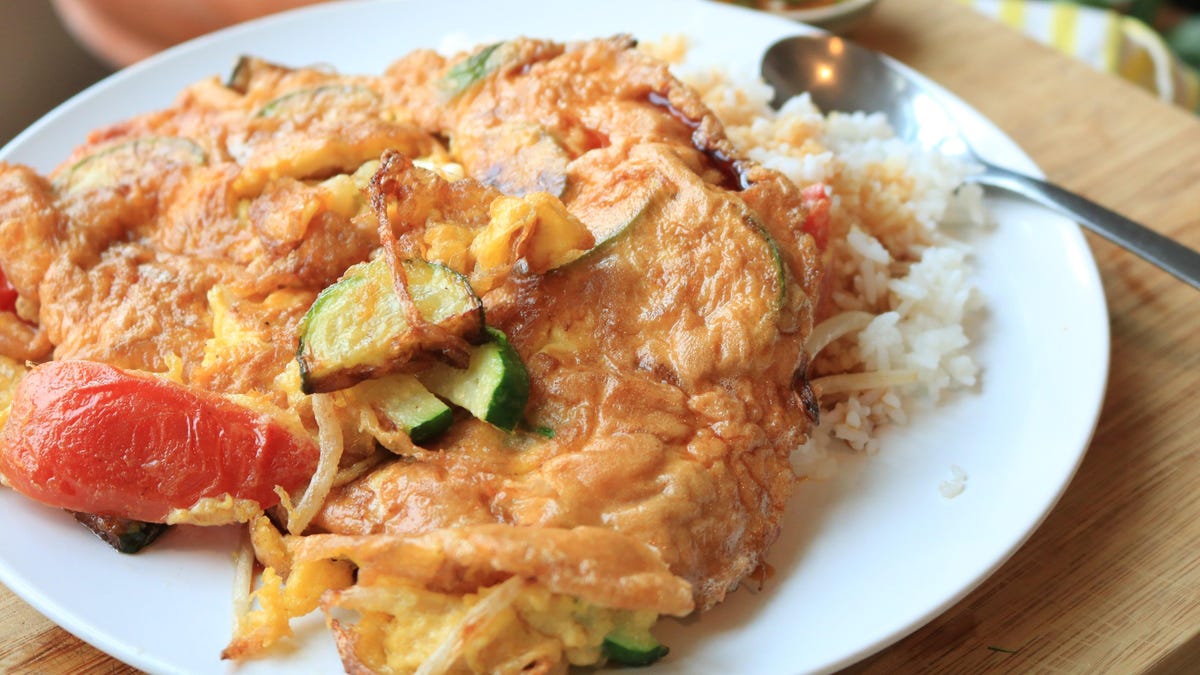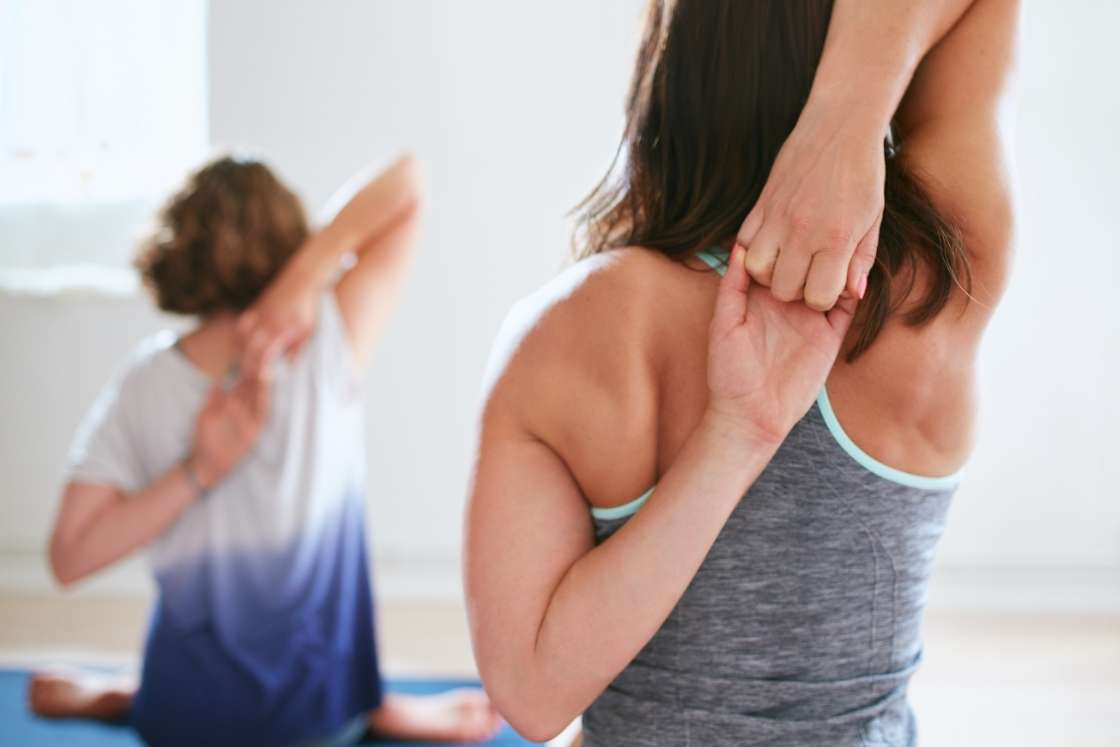11 of the Most Underrated Exercises You Can Do in the Gym
We’ve discussed the most overrated exercises—a list that includes some extremely popular ones, like bicep curls and banded squats. Today it’s time for the opposite: Behold, a list of the most underrated exercises that maybe you should give another...


Photo: Undrey (Shutterstock)
We’ve discussed the most overrated exercises—a list that includes some extremely popular ones, like bicep curls and banded squats. Today it’s time for the opposite: Behold, a list of the most underrated exercises that maybe you should give another try (or a first try).
Some of my favorites, including front squats and somersault “squats,” made our list of underrated squats—so let’s explore the rest of the catalog.
Dips
Here’s a bodyweight move that is a great exercise in itself, and a good accessory for your overhead press and bench press. You don’t even need a specialized dip bar; you can do them on a corner countertop or a pair of chairs.
If dips are hard, make them easier by resting your feet on the floor or a box, or by putting a band under your knees. Once they get easy, add weight by threading weight plates onto one of those belts with the chain.
Conventional deadlifts
Too many people have been scared away from plain old deadlifts, for myriad reasons. First there’s the fearmongering that surrounds advice to “lift with your legs” when picking up heavy objects at work or at home; it is, in fact, fine and good to lift with your back if you do it properly. And then there’s that infamous clip where strongman Robert Oberst tells Joe Rogan that deadlifts aren’t necessary for everybody to train. Somehow these things combined into a myth that one should do Romanian deadlifts but never regular deadlifts, and I’m here to say: Stop it.
Deadlifts are a great exercise for your back, butt, and hamstrings, and their foundational movement—the hip hinge—is one of the things everybody should be able to do properly. There are no unique dangers to the deadlift when done properly, and it’s not hard to do them properly.
Carries
Few things are better for your core and overall stability than carrying something heavy. And I don’t just mean farmer’s carries, although those are a good example of the genre.
Try overhead carries with a barbell, a pair of heavy dumbbells, or an odd object like a sandbag. You’ll get great shoulder stability in addition to core work. Or do a suitcase carry, with a heavy object in one hand and nothing in the other. Your body has to work hard to not get pulled over, making this great for your obliques.
LISS cardio
Low intensity, steady state cardio (often abbreviated as LISS) is definitely overlooked. People say it’s “boring” or they try to rate its time efficiency against HIIT, or high intensity interval training. But LISS has a bunch of serious benefits: It improves your aerobic fitness, it has very little recovery cost (so you’ll still have plenty of energy for the gym the next day), and it still works even at moderate intensities, where you can breathe normally—and even listen to a good podcast. And no, it doesn’t kill your gains.
Step-ups
Squats are awesome, but sometimes you want something a little different. And if you’re training at home, you might want something that works your legs without requiring a barbell or squat rack.
Step-ups are more challenging than they look, in part because they use one leg at a time. Not only does your bodyweight suddenly give twice the challenge, but the muscles on the insides (adductors) and outsides (abductors) of your thighs need to work hard to stabilize your leg as you rise. The height of the box also enforces the range of motion: There’s no way to cheat depth when you get fatigued like you can with a squat. Even if you already do a lot of squats, throw in some step-ups and thank me later.
Wrist and finger curls
Grip training, just as a concept, is criminally underrated. When your hands are strong, they won’t be your weakest link when you’re doing a deadlift, or a series of pullups, or a farmer’s carry. It’s fine to use straps to get through your deadlift sets, if you need to. But afterward, make sure to do some grip training.
Even if you don’t have trouble with your grip yet, start training it now. This routine, which you can do with equipment found in any gym, is a solid investment in your future.
Band pull-aparts
There are lots of great pulling exercises in this world, and I can endorse pretty much all of them. But band pull-aparts have a special place in my heart because you can tuck a band in your pocket and do them anywhere. It’s great to knock out a set of band pulls between sets of bench press, or use them to warm up before you even touch a weight.
Push press
The strict overhead press is a great move (whether done with dumbbell, barbell, or kettlebell), but it’s not the only way to move a weight. The push press uses a deliberate bend of the knees to launch the weight skyward, and the arms finish the job.
This makes it more of a full-body move, and thus a great option when you want to get a lot of work done in a short time (try it instead of burpees for your next interval workout). It’s also an efficient way to move a lot of weight; just watch strongman competitions. What’s more, it requires a good connection with the core and shoulders to allow you to transfer power from the legs to the bar. I recommend training strict press and push press; they complement each other well.
10 / 13
Kettlebell lifts for time
Kettlebell lifts for time
When I first saw kettlebells in a gym, they were being used like any other weight: for reps. You do 10 swings, and put them down, or you do five snatches on each side. But there’s a whole sport where people train to lift kettlebells for as long as possible, and measure their sets in minutes, not reps. This type of training builds cardiovascular and muscular endurance, and it’s hard to argue with the effectiveness of getting dozens or even hundreds of reps in a single session. It’s also just a nice change of pace to train with a weight in a way that has you constantly asking: How can I make this easier? The less effort you can use on each rep, the longer you can keep going.
Weighted pullups
Pullups are great. Maybe you’re working toward getting your first one, or maybe you can already bust out a set of 10. But then what? Instead of doing more pullups, or harder pullups, why not add weight?
Ab rollouts
The ab wheel is definitely an underrated core exercise. It sits neglected in the corner of most gyms, until somebody decides to give it a try, falls flat on their face, and back it goes to gather dust for another week.
But it’s a great exercise, especially if you’ve gotten bored with ordinary planks and bird dogs. To get started, face a wall, and just roll the wheel until it hits the wall. If you can go all the way there and back with your spine in neutral and the movement slow and controlled, back up a few more inches. Once you can do a full rollout from your knees, progress to standing.

 UsenB
UsenB 






























